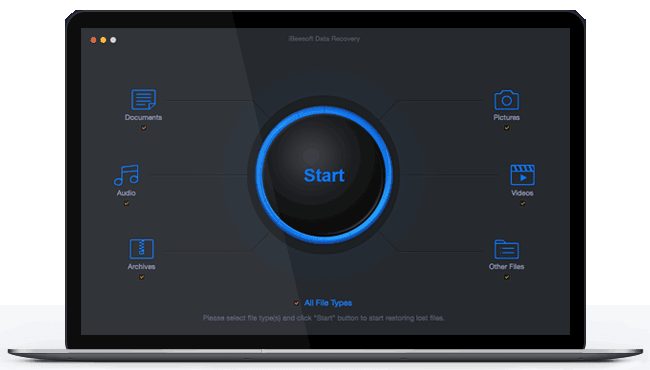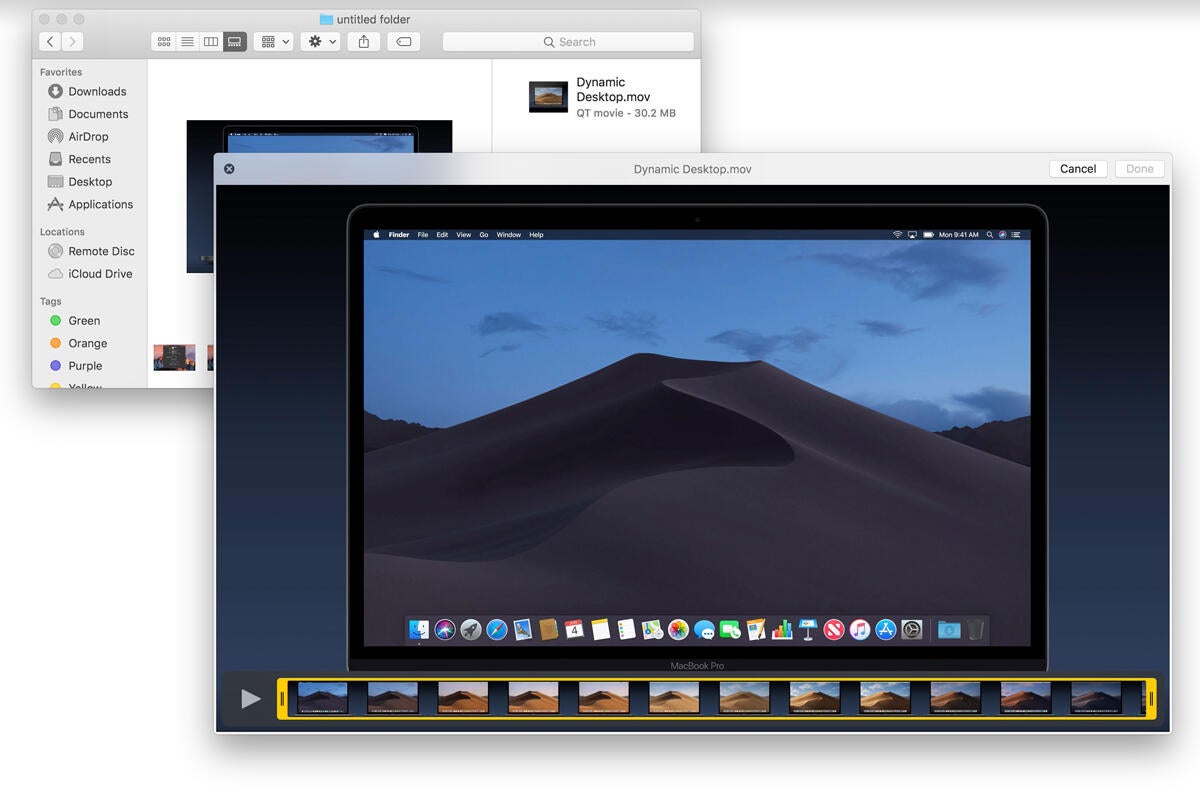If you've encountered a problem with macOS, the solution might be to reinstall the system on your Mac. This can be done by any Mac owner, but it can be a little bit complicated. You'll need to put your Mac into macOS Recovery, which gives you tools to diagnose problems on your Mac, as well as reinstall the operating system.
Disaster Recovery Institute
Aug 17, 2013 Everywhere I look I find that OS 10.6.8 CANNOT enter Internet Recovery mode, but I held down command + R at startup and was able to enter it. That means that your comptuer had Lion in the past and an old owner (or you) installed the firmware update that included Internet Recovery. On the Recovery tab: Locate and select one or more devices, files, or folders to recover. Click Recover, select where to save the recovered data, and then click Recover. Delete backup data from the cloud. You can delete backed up devices, files, and folders stored in the cloud in OBRM. For this, on the Recovery.
Here's how to reinstall macOS using Recovery mode.
Entering macOS Recovery
macOS Recovery has tools at its disposal that allow you to diagnose problems with your Mac's hard drive, reinstall macOS, and restore from a Time Machine backup. You can enter Recovery by pressing certain key combinations. The combination you choose will determine which version of macOS will be installed on your system when you select Reinstall macOS.
What are the best Git clients for macOS? Has really many features like the side-by-side index+HEAD+work tree diff tool integrated as well as a conflict. Simple tasks, such as commits, can quickly be made without leaving the editor. Magit is only useful if your text. What are the best git clients for macos.
- Press Command - R to install the latest version of macOS that was installed on your Mac without installing a later version.
- Press Options - Command - R to upgrade to the latest version of macOS that's compatible with your Mac.
- Press Shift - Option - Command - R to install the version of macOS that came with your Mac, or the version closest to it that's still available.
How to check your startup disk with Disk Utility in macOS Recovery mode
The first thing you'll want to do is make sure your Mac's startup disk is healthy. You'll need to use Disk Utility to do that.
That doesn't mean one is better that the other, but there seems to be much better Driver support for EPSON or CANON drivers under Windows.Joe. Any ideas?I did download the latest driver and latest version of print studio pro from the Canon websiteThankswhen you added the printer, hopefully you selected the IJ network instead of Bonjour. Just Plain or Photo.With Mavericks on my old laptop I had all the typical paper choices like Lustre, Semi-Gloss, Premium and so forth.Plus Canon Studio pro is installed but not recognized. Tshapiro wrote:In the driver under Quality and Media I not given any choices as to print media. Canon i9900 windows 10.
- Click Disk Utility when in macOS Recovery.
- Click Continue.
- Click on your Mac's startup drive in the Disk Utility sidebar. It should be the drive at the top of the sidebar if there are multiple drives.
- Click First Aid.
- Click Run. First Aid will run, checking the health of your Mac's drive. This process could take a little while.
- Click Done.
- Click Disk Utility in the Menu bar.
- Click Quit Disk Utility.

How to erase your startup disk in macOS Recovery mode
If you need to start completely fresh, then you'll want to erase your startup disk using Disk Utility. If you want the content on your Mac to stay intact, skip to the next section.
- Click on your startup disk in the Disk Utility sidebar.
- Click Erase.
- Click the Format drop-down menu.
- Click on the format you want to use for your drive. If you're running macOS High Sierra or later on a Mac with an SSD, your choices will be some form of APFS.
- Click Erase. Your drive will proceed to be erased.
How to reinstall macOS while in Recovery mode
Macos Internet Recovery
The next step is to reinstall macOS.
- Click Reinstall macOS.
- Click Continue.
- Click Continue.
- Click Agree.
- Click Agree.
- Click on the drive on which you wish to install macOS.
- Enter your Apple ID and password if you're asked to, though you might not be.
- Click Install.
Your Mac will now go through the normal macOS installation process, eventually restarting. If you're starting from scratch, you'll need to set up your Mac from scratch.
Macos For Disaster Recovery Software

Questions?
If you have any more questions about reinstalling macOS on your Mac, let us know in the comments.
Updated December 2019: Everything is up to date through macOS Catalina.
macOS Catalina
Main

We may earn a commission for purchases using our links. Learn more.
Macos Recovery Boot
Up and upAnalyst says iPhone 12 will cost more even without charger and headphones
Macos For Disaster Recovery Center
Jeff Pu, an analyst at Chinese research firm GF Securities, predicts that Apple will raise the price of the iPhone 12 by at least $50.